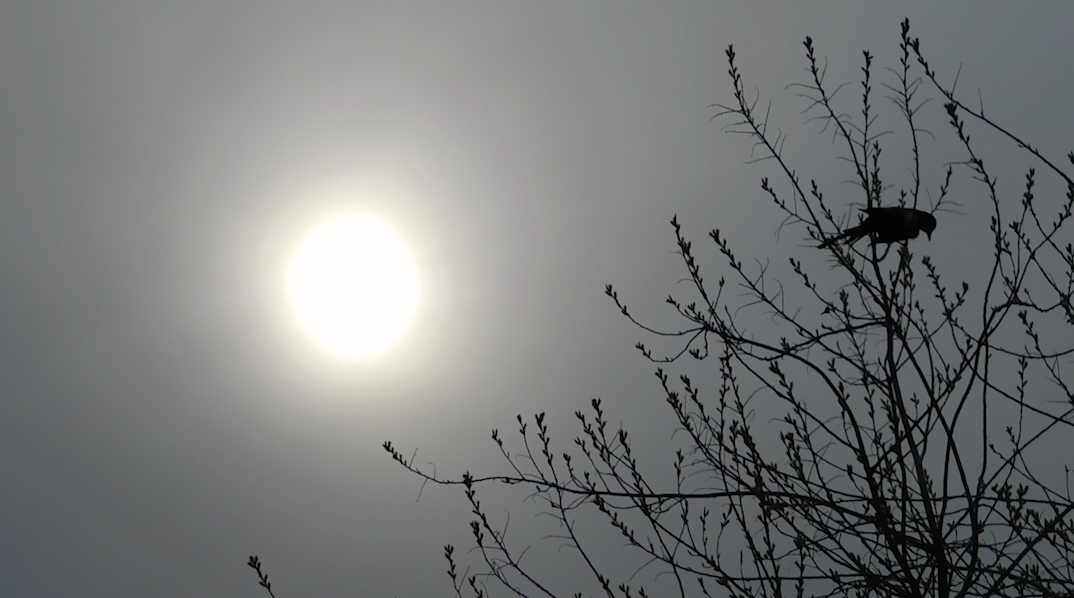AUDUBON, Pa. (WLVT) — Hundreds of thousands of birds are moving across Pennsylvania this week.
According to BirdCast, a Cornell University project lab that provides migration maps in real-time, over 50,000 birds could be flying south above Harrisburg on Monday night by 7 p.m. — and over 40,000 are expected to fly over Philadelphia and the Lehigh Valley around that time.
"This is a phenomenon that occurs every year," David Yeany, avian ecologist at the Pennsylvania Natural Heritage Program, told PBS39. "The birds that are migrating at night are primarily song birds, shore birds and water birds. Many are seeking better resources, mostly food, so they take advantage of our growing season here in North America. Once fall starts, they move on to South America."
Yeany says flying at night is a survival strategy.
"By flying at night, the birds have a lesser risk of predation," explained Yeany. "They’re also taking advantage of atmospheric conditions. They migrate by using magnetic fields, the stars and the sun."
Keith Russell, program manager of urban conservation at the National Audubon Society, says the Pennsylvania migration is part of a transcontinental mass movement of nearly 900 million birds.
"A large percentage of the birds that live in North America are migratory, so they can’t stay in the same place all year long," Russell told PBS39. "The fall migration begins in late July and it extends to the end of November. It peaks the last week of September through the first week of October in Pennsylvania."
Russell says birds migrating at this time include orioles, warblers, sparrows, and tanagers. He says it'll be tough to see them at night.
"You can’t really see birds flying at night unless you’re up on a really tall building. For example, if you were on top of the Empire State Building, you could see birds flying when they’re migrating at night," said Russell. "Some people may see them on the face of a full moon. Other than that, you’re more likely to hear birds at night as they call out."
Yeany recommends using a recording system and placing it outdoors to capture bird calls.
"You can listen live or tape your recordings," he said. "Essentially, you’re watching the migration take place in digital waveform."
Yeany says Pennsylvanians can help the birds tonight by turning off outdoor lights — and by closing blinds and curtains to block indoor light.
"Nighttime light pollution can cause confusion, disorientation, and lead to building or window collisions," said Yeany. "We’re encouraging people to shut lights off to help the birds survive and make it to their destination."
Connie Sanchez, bird-friendly buildings coordinator with the National Audubon Society, says there’s still plenty of time to bird watch from now through November.
"Birds are so beautiful, colorful and they bring peace and joy to many people," Sanchez told PBS39. "There’s solace in being outdoors and in nature. It’s fun to find a rare bird. There’s something in it for everyone and people can enjoy it in different ways. You should reach out to your local Audubon chapter and get outdoors and enjoy nature."
Visit the National Audubon Society and the Pennsylvania Natural Heritage Program online to learn more.
Watch the video version of this story in the player below.




